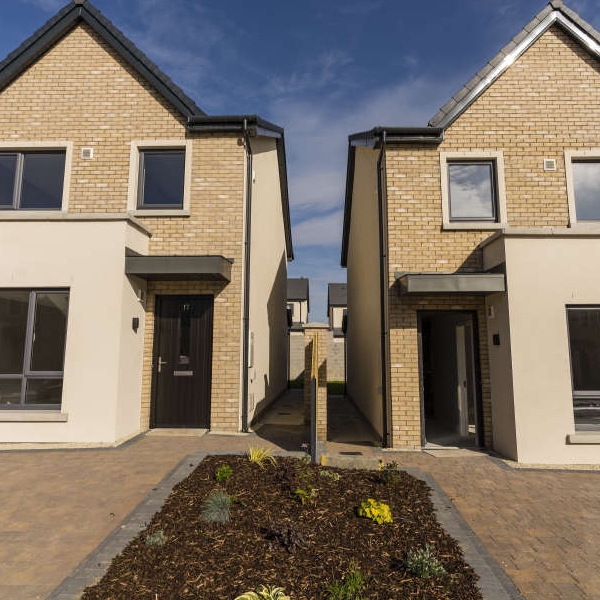
The average listed rent is now €1739, up 135% from its lowest point.
Market rents in the first quarter of 2023 were an average of 1% higher than in the final three months of 2022, the smallest increase since 2020.
The average market rent nationwide between January and March was €1,750 per month, compared to €1,387 in the first quarter of 2020 and a low of just €765 per month seen in late 2011.
There were significant regional differences in how rents changed in the first quarter.
As in recent quarters, the upward trend market rents around the country is driven by extraordinary shortages in the availability of rental accommodation.
Nationwide, there were just 959 homes available to rent on May 1st . While this is up 13% on the same date last year, it still represents one of the three lowest totals for availability at the start of the month in a series that extends back to the start of 2006.
Nationally, market rents in the first quarter of 2023 were an average of 1% higher than in the final three months of 2022, the smallest quarterly increase since 2020 according to the latest Rental Report by Daft.ie. Compared to a year ago, however, market rents are 11.7% higher, reflecting large increases seen during 2022. The average market rent nationwide between January and March was €1,750 per month, compared to €1,387 in the first quarter of 2020 and a low of just €765 per month seen in late 2011.
There were significant regional differences in how rents changed in the first quarter. In Dublin, rents rose by 0.5% quarter-on-quarter, the same rate seen in the rest of Leinster. However, in the four other cities, rents fell in the first quarter, by 1.8% on average. In the case of Cork city, this is the first time in almost a decade (final quarter of 2013) that rents have not risen quarter-on-quarter. In Munster, Connacht and Ulster – outside the cities – rents continued to rise strongly in the first quarter of the year, by 3.8% on average.
As in recent quarters, the upward trend market rents around the country is driven by extraordinary shortages in the availability of rental accommodation. Nationwide, there were just 959 homes available to rent on May 1st . While this is up 13% on the same date last year, it still represents one of the three lowest totals for availability at the start of the month in a series that extends back to the start of 2006. The availability of rental homes is approximately one quarter the average level of availability during 2015-2019.
The figures above refer to open market rents but the report also includes an index of rents paid by sitting tenants, rather than movers, using a bespoke survey of tenants. It shows that, on average, rents paid by sitting tenants have increased by 4.1% over the last twelve months, with bigger percentage increases outside Dublin than in the capital. Since the introduction of Rent Pressure Zones in 2016, rents of sitting tenants have increased by roughly 20% on average, compared to an average increase in open-market rents of three quarters over the same period.
“The private rental market has been under increasing stress over the last two years, as first society reopened after the covid19 pandemic and then the war in Ukraine led to a refugee crisis. There are some signs that, if things are not getting better, then they are getting much worse. Availability of homes to rent has stopped falling, albeit at extremely low levels, while the quarterly change in rents seen January to March was far smaller than the average increase seen in 2021 and 2022.
Nonetheless, the solution to Ireland’s rental housing shortage requires significant action by policymakers. The number of rental homes coming on to the market in newly-built developments has held up in recent months but is likely to reduce in the quarters ahead, unless issues around planning certainty and viability are addressed. Ultimately, policymakers must have a clear plan on how tens of thousands of new rental homes will be delivered this decade in all major towns and cities.”
Average market rents, and year-on-year change, 2023 Q1
● Dublin: €2,337, up 11.2% year-on-year
● Cork city: €1,731, up 7.7%
● Galway city: €1,772, up 11.8%
● Limerick city: €1,645, up 10.8%
● Waterford city: €1,399, up 10.8%
● Rest of the country: €1,373, up 12.7%
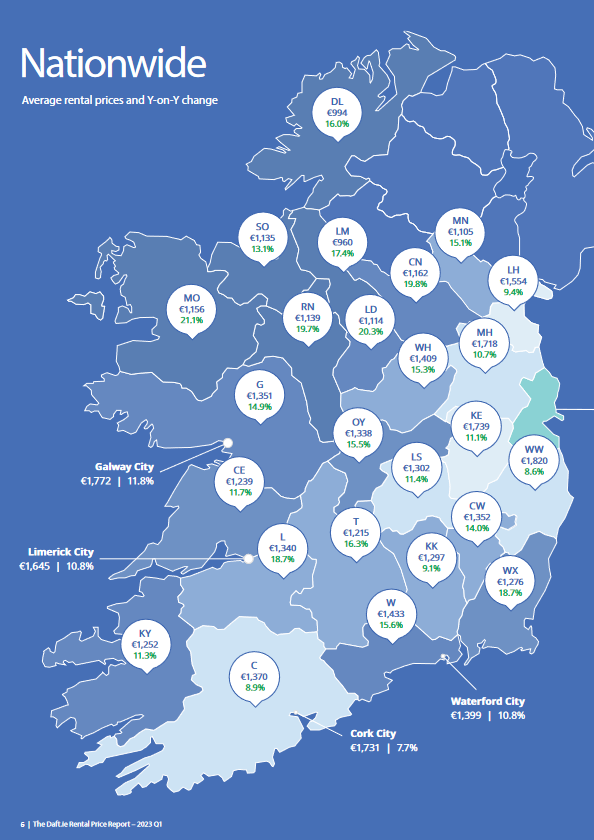



 RSA Urges Caution As Locals Face Flooded Area's Over The Bank Holiday Weekend
RSA Urges Caution As Locals Face Flooded Area's Over The Bank Holiday Weekend
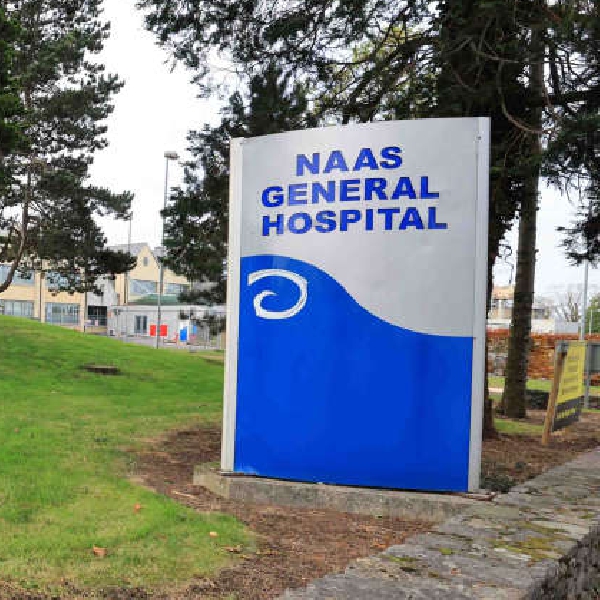 Visiting Restrictions Introduced At Naas General Hospital Due To Norovirus Concerns
Visiting Restrictions Introduced At Naas General Hospital Due To Norovirus Concerns
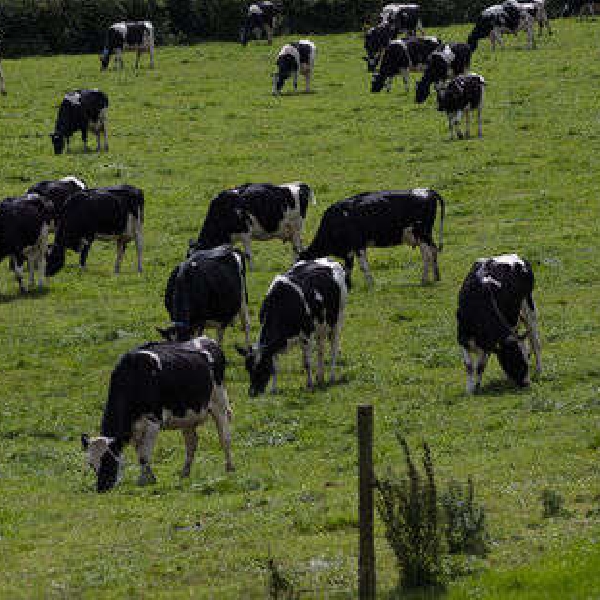 Kildare Farmers Receive €5.9 Million from Lakeland Dairies in 2024
Kildare Farmers Receive €5.9 Million from Lakeland Dairies in 2024
 Irish Troops Prepare for Deployment to Lebanon
Irish Troops Prepare for Deployment to Lebanon
 Teens In Mental Health Crisis Left Waiting Up To A Week For Care
Teens In Mental Health Crisis Left Waiting Up To A Week For Care
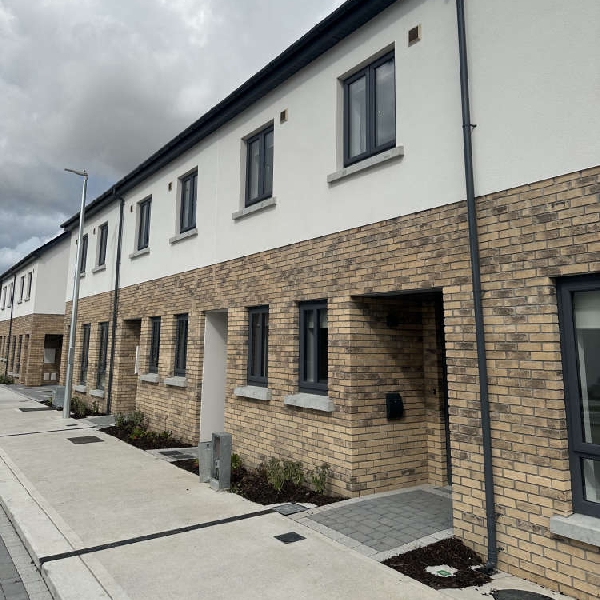 Only 5 HAP Properties Available In Kildare Amid Deepening Rental Crisis
Only 5 HAP Properties Available In Kildare Amid Deepening Rental Crisis
 €500 Worth Of Cosmetics & Perfumes Stolen From Popular Store In Kildare Village
€500 Worth Of Cosmetics & Perfumes Stolen From Popular Store In Kildare Village
 Kilcullen Students Wins Second Prize In Texaco Children's Art Competition
Kilcullen Students Wins Second Prize In Texaco Children's Art Competition

